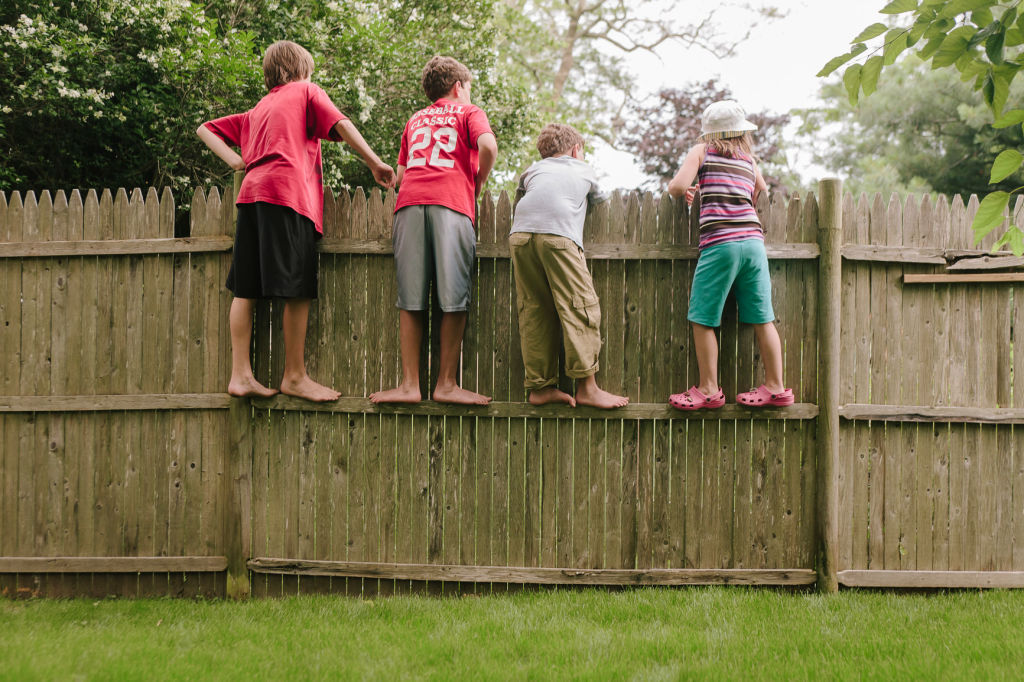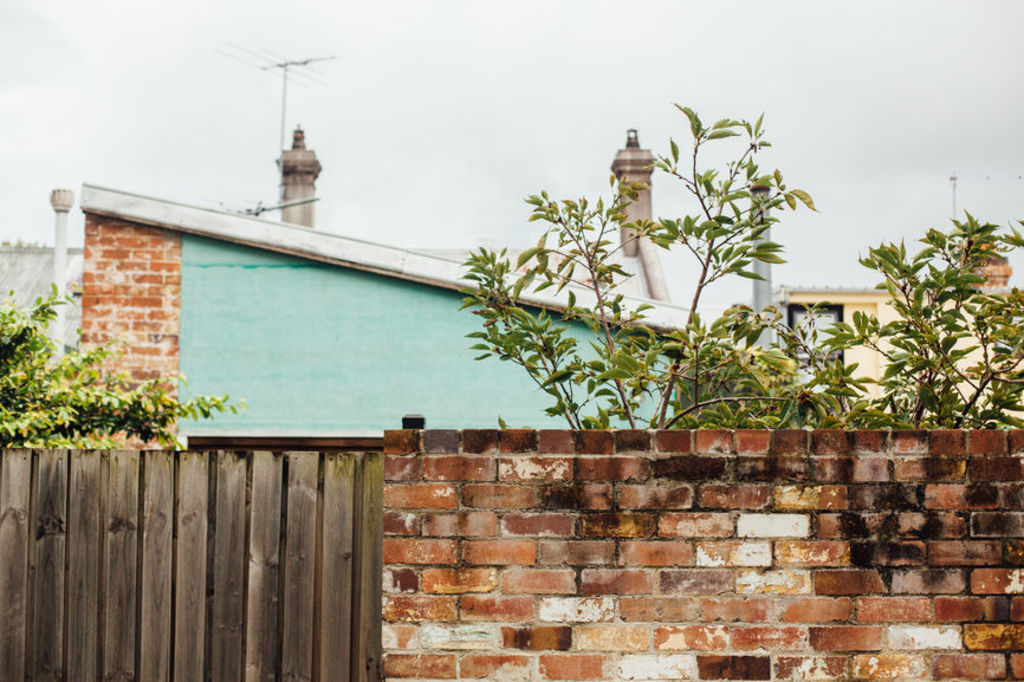Love thy neighbour: The number one cause of disputes between neighbours

Everyone wants to be good neighbours and when they aren’t, life can be hell. It’s not until something goes wrong with a tree, fence, noise or retaining wall that relationships can turn sour.
Fences are the No.1 cause of disputes among neighbours. The Dispute Settlement Centre of Victoria (DSCV) found that 38 per cent of the neighbourhood disputes were over fences.
A timber fence that was erected 40 years ago when the land was subdivided may now be showing signs of rot. According to the law, neighbours have to come to a solution on a “sufficient dividing fence” and pay half each.
Disagreements arise when neighbours are deciding if it should be fixed, replaced, what the colour or height should be and the cost. One neighbour may think it would be fine to fix a few palings, while the other may want the whole side replaced.
Problems also arise with agreeing to what is “sufficient”. The fence may need to be higher for one neighbour due to privacy, or to contain a pet. If one neighbour wants a fence that is more expensive, then they have to pay more than the other neighbour, which again can lead to arguments.

Amanda Hickey is a mediator and helps neighbours come to a resolution. She finds many fencing disputes are about where to erect them and getting a surveyor to determine the exact boundary line, which costs money that no one wants to pay.
“You find older people stay in their house for a long time. They seem to be attached to their fences and they have a whole story about why it should be in spot X but it’s in spot Y,” she says.
Noise complaints come in second place as a cause for frustration for neighbours.
In NSW, 18 per cent of all neighbourhood disputes handled by the Community Justice Centre (CJC) were noise-related and of those, 57 per cent were barking dogs.
If the noise is late at night or very loud and excessive, the police can be called. But what if the dog barks every morning when the owners leave for work?
What if the neighbour’s child starts to learn the drums and plays every afternoon when the nearby baby is trying to sleep?
Power tools in the early morning and airconditioners running all night are other causes of friction.
The third largest cause of friction among neighbours is trees. In Victoria, complaints concerning trees account for 17 per cent of all disputes. A jacaranda planted 15 years ago may look lovely until the branches start growing over the neighbour’s fence, blocking views.
In 2017, of all NSW tree disputes, 68 per cent were applications concerning a tree causing damage to a property or injury to a person, while 32 per cent were applications concerning a hedge severely obstructing sunlight or views.

Also, root systems don’t adhere to property boundaries. Roots can grow under fences and disrupt the pipes of neighbouring households.
There are no simple rules about who is responsible for pruning or cutting down a tree that affects neighbours, which can cause more disagreements.
Adrian Mueller is a strata lawyer and finds the fourth, and the most difficult, dispute among neighbours is retaining walls.
The lack of legislation and the expense to fix a retaining wall means neighbours can spend a long time in court trying to come to an amicable resolution.
“They take a long time as there is a lot at stake. If it is about to collapse, one day there is a big storm and it comes crashing down,” he says. “The clock is ticking, it is not covered by insurance and no one wants to pay for it.”
We recommend
We thought you might like
States
Capital Cities
Capital Cities - Rentals
Popular Areas
Allhomes
More









